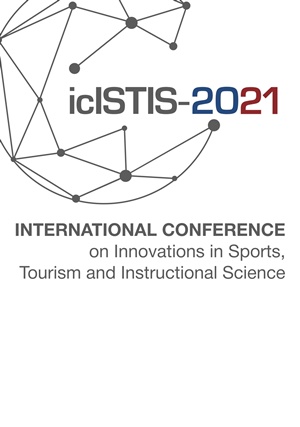PHYSIOLOGICAL MECHANISMS OF ARTERIAL ALPHA-1-ADRENOCEPTOR REGULATION BY NOREPINEPHRINE DURING SYMPATHOLYSIS FOLLOWING 5-DAY COLD ADAPTATION
Abstract
Aim. This study investigated the regulatory mechanisms of arterial α1-adrenoceptor reactivity to norepinephrine (NE) during functional sympatholysis following 5-day cold adaptation. Materials and methods. Experiments were conducted on four groups of rabbits classified as follows: a control group (n = 20), sympatholysis (n = 15, electrical muscle stimulation to induce functional sympatholysis), cold adaptation (n = 15, 5-day cold exposure without sympatholysis), and cold adaptation + sympatholysis (n=15, 5-day cold exposure with sympatholysis). Hindlimb muscles were perfused via the femoral artery using a constant-flow pump. Following administration of eight progressively increasing doses of norepinephrine in all experimental subjects, arterial α1-adrenoceptor activity was quantified through continuous monitoring of perfusion pressure changes in the femoral artery. Functional sympatholysis, defined as reduced vascular tone in the femoral artery during muscular contraction, was induced via electrical stimulation of the hindlimb musculature. The resultant dose-response relationships were subjected to linear transformation using double reciprocal Lineweaver–Burk analysis, enabling quantitative determination of two key pharmacological parameters: receptor sensitivity to (1/K) and the population of functionally active α1-adrenoceptors. Results. Cold adaptation concurrent with sympatholysis elicited a significant upregulation in both the population of functionally active α1-adrenoceptors (45.3%) and their sensitivity to NE (42.8%) relative to sympatholysis alone. Conclusion. The observed adaptive mechanisms facilitate substantial reduction of muscular perfusion during contraction following 5-day cold acclimation. This physiological response attenuates heat transfer, thereby minimizing thermal dissipation and enhancing temperature preservation in cold environments. However, diminished perfusion to working musculature may compromise contractile performance.
References
References on translit
Copyright (c) 2025 Human. Sport. Medicine

This work is licensed under a Creative Commons Attribution-NonCommercial-NoDerivatives 4.0 International License.















